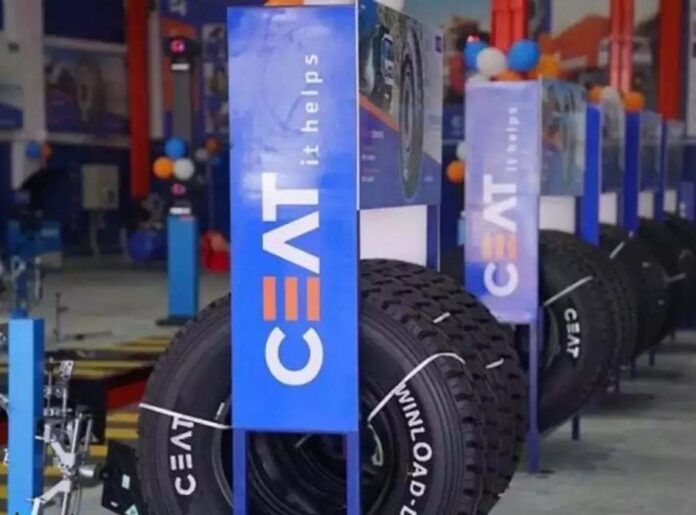
Shares of tyre manufacturer CEAT rose nearly 6% to Rs 1,748 in Friday’s trade after the company reported an over five-fold rise in consolidated net profit at Rs 132.42 crore in the March quarter, riding on higher revenue and lower raw material cost. The company had posted a consolidated net profit of Rs 25.43 crore in the year-ago period. Its consolidated revenue from operations stood at Rs 2,874.82 crore in the fourth quarter as compared to Rs 2,591.99 crore in the corresponding period of FY22.
At the operating level, EBITDA jumped 96% to Rs 367.8 crore in the fourth quarter of this fiscal over Rs 187.5 crore in the corresponding period in the previous fiscal. For the fiscal ended on March 31, 2023, consolidated net profit was at Rs 182.39 crore as compared to Rs 70.58 crore in FY22. Revenue from operations in FY23 stood at Rs 11,314.88 crore as against Rs 9,363.41 crore in FY22.
The Board of Directors of CEAT also approved a dividend payment of Rs 12 per equity share for FY22-23. At 10.39 am, the scrip was trading 4.9% higher at Rs 1,739 on BSE. In the last one year, the stock has surged 60%.
YES Securities has a Buy rating on CEAT with a target price of Rs 1,841, which shows an upside potential of 6% from the current market prices. “CEAT’s gross margin outperformance came in as a surprise as blended RM basket declined 8-9% QoQ (v/s 2-3% expected). As anticipated, while volume grew across sub-segments, margin sustainability in coming quarters is a key thing to watch for,” Yes Securities said.
“We delivered a strong growth of 21 per cent in FY23, contributed by both volume and price. Our growth during the year was largely driven by OEMs (Original Equipment Manufacturers) and specialty and passenger category tyres,” CEAT Ltd Vice Chairman Anant Goenka said.
On exports, he said, “We continue to face pressure as a result of the global economic headwinds, largely spurred by the ongoing war and the currency devaluation. However, we have begun to see some recovery in exports and the replacement market, especially in the commercial category.”








